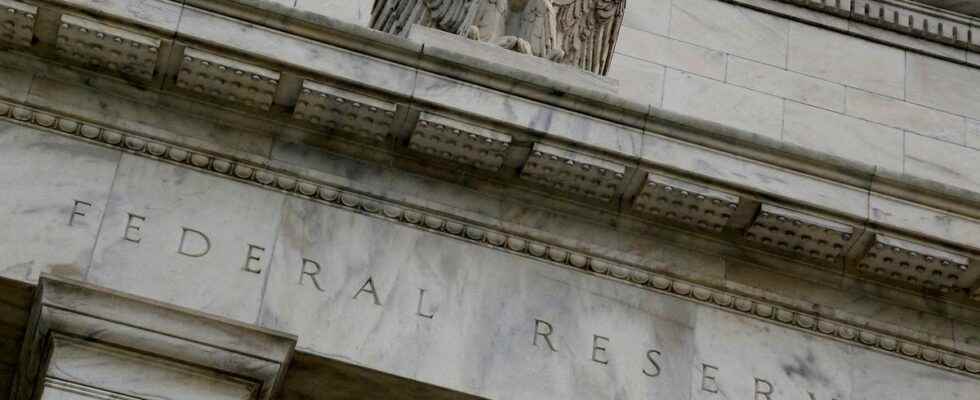The US central bank suggests less aggressive monetary tightening as of December.
Washington
As its leaders have suggested for weeks, the Federal Reserve again raised its key rate by 0.75 points on Wednesday evening. This is the fourth strong increase of this magnitude since May. It takes the Fed Funds rate to between 3.75 and 4%. This is the rate at which the Fed lets banks lend each other very short-term cash. Its increase is immediately reflected in the overall cost of credit.
Other increases are likely in the coming months, but for the first time the Fed is specifying that it will take into account in its future decisions the impact of its past rate hikes, which has not yet materialized. “In determining the pace of future increases, the monetary committee will take into account the accumulation of monetary policy tightening, the time lags with which monetary policy affects economic activity and inflation, and economic and financial developments“, Indicates the press release, the slightest comma of which is scrutinized by the markets.
Recession risk
The latter welcomed this precision. It indicates, according to investors, that the central bank is approaching the maximum level of Fed Funds that it intends to maintain for a long time. Obviously, Jerome Powell, the head of the Fed, and his colleagues will not wait until inflation has fallen back close to their target of 2% before slowing down.
The strongest and most tenacious wave of inflation for more than forty years led the Fed to carry out a rapid tightening of its policy in the hope of calming a demand for goods and services which continues to exceed supply. Wall Street, worried about the growing risk of recession, hopes that the Fed will soon slow its rate hikes. The possibility of an increase of less than 0.75 points at the December 14 meeting or at the February meeting is possible, admits Jerome Powell. Everything will depend on the signals given by core inflation (excluding energy and food) and job creations between now and then. So far, on both fronts, the indications are not encouraging.
Read alsoUnited States: the Fed alone in maneuvering to curb soaring prices
While it is true that a peak in the rise in prices was reached in June, at almost 9%, on the other hand underlying inflation continued to climb, rising from 5.9% in June to 6 .6% in September. This spread of inflation to all services can only worry the Fed. On the employment side, recent signals show hardly any slowdown either. According to the ADP survey, the private sector created another 239,000 jobs in October, which exceeded forecasts.
SEE ALSO – The ECB announces another sharp rate hike of 0.75 points in the face of record inflation
